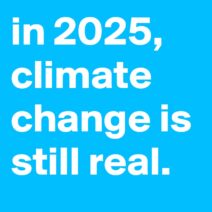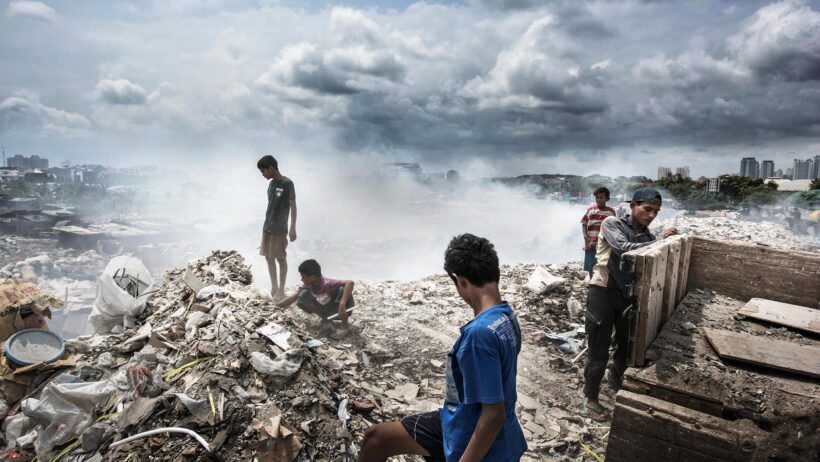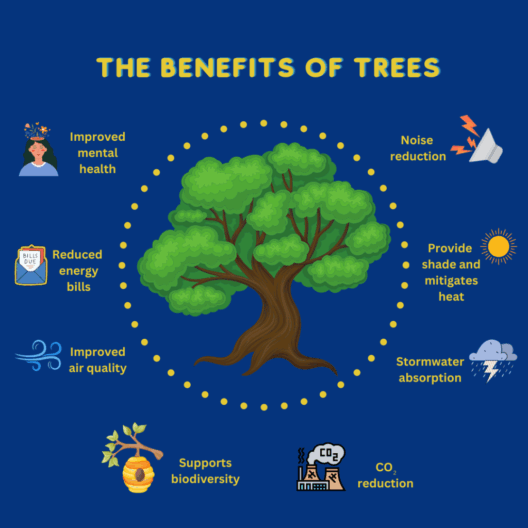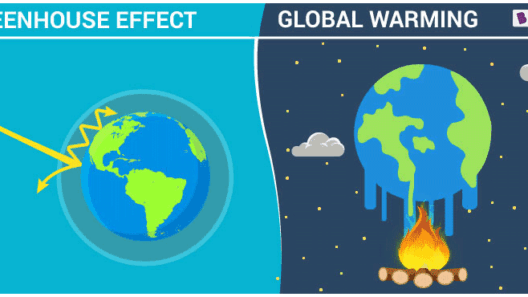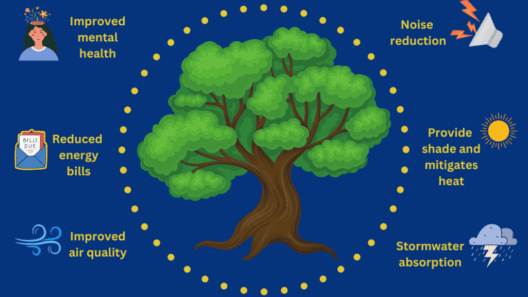As the planet continues to grapple with the debilitating consequences of climate change, the interplay between global warming events and waste management has gained increasing attention. The question arises: do people leave garbage behind as they navigate the aftermath of these catastrophic incidents? This inquiry examines the nuances of human behavior in the face of environmental upheaval, investigating the psychological, social, and ecological ramifications.
To understand the association between global warming events and waste, one must first consider the characteristics of such occurrences. Natural disasters, exacerbated by climate change, include hurricanes, wildfires, floods, and droughts—each possessing the potential to obliterate communities and displace populations. These events lead to not only infrastructural damage but also significant disruptions in waste management systems, which often result in the accumulation of debris and refuse.
During catastrophic events, people are often forced to prioritize survival. Evacuations become a necessity, and individuals hastily abandon possessions, including vast amounts of waste. In locales frequently beset by flooding, for example, the sheer volume of water can sweep debris into streets and bodies of water, creating unsightly landfills of materials. Improperly disposed plastic and hazardous waste can subsequently leach into the environment, compounding the ecological devastation.
The urge to discard personal effects in times of crisis speaks to a deeper psychological mechanism at play. When faced with imminent danger, individuals tend to experience heightened stress and anxiety, often resulting in irrational decision-making. The instinct to flee eclipses the consideration of the aftermath—garbage left behind becomes a poignant emblem of human vulnerability. This phenomenon of abandonment can further paradoxically exacerbate the emotional toll; the sight of cluttered landscapes post-disaster can serve as a reminder of loss, complicating recovery efforts.
Communities coping with the aftermath of global warming events also experience a pronounced shift in social dynamics. In the immediate wake of a disaster, collective action becomes essential. Local citizens often rally to address the immediate needs of their neighbors, including the clearing away of debris. Yet, such camaraderie may not extend to all types of waste. The presence of household garbage, particularly non-biodegradable materials, can lead to tensions among residents competing for limited resources and support, thereby shaping social relations long after the event has passed.
Compounding these challenges are the logistical nightmares faced by waste management authorities. In the chaos that follows a disaster, municipal services are often overwhelmed. The priority may be on clearing roads and restoring basic services, leaving the painstaking process of managing waste to languish. Garbage left to accumulate not only poses environmental hazards but also constitutes a health risk, as decomposing organic matter attracts pests and contaminates water supplies. Thus, the aftermath serves as a catalyst for a larger dialogue surrounding waste management strategies, particularly in the context of an evolving climate.
The global perception of waste is also reframed in the face of climate-induced disasters. In many contexts, the conversation has shifted towards zero waste initiatives, recycling efforts, and innovative waste-to-energy technologies. These movements can be underscored by the tragic legacies of global warming events. Communities might emerge more resilient and environmentally conscious, leveraging the hard lessons learned to advocate for sustainable practices. In this light, remnants of garbage left behind become more than mere litter; they serve as an impetus for broader environmental movements and policy changes aimed at mitigating future incidences.
Alongside the immediate implications of waste left after global warming events, longitudinal impacts cannot be ignored. Economic burdens arise from the need for extensive cleaning and restoration, often drawing funds away from long-term sustainability initiatives. Additionally, the stigmatization of post-disaster areas as ‘garbage zones’ may deter tourism and investment, stalling recovery. Sustainable urban planning, responsive to the lessons learned from disasters, becomes a crucial part of fostering resilience against future climate-related events. Here, incorporating waste management into recovery plans ensures that communities can emerge from crises not just as survivors, but as pioneers in sustainable redevelopment.
The multifaceted relationship between global warming events and waste presents an opportunity to reimagine interactions with our environment. As ecological turmoil becomes a more frequent experience, collective responsibility emerges paramount. It implores us to recognize the legacy of our actions and the debris we leave behind, both physically and as part of our environmental footprint.
In summary, the issue of garbage left behind after global warming events compels us to reevaluate our response to crises. It shines a light on our psychological impulses, social dynamics, and the critical role of effective waste management systems. While communities may struggle in the aftershock of destruction, they are also presented with profound opportunities for change. By addressing waste management holistically in the wake of climate-induced disasters, we can contribute to a more sustainable future, reclaiming not only our communities but our responsibility as stewards of the planet.

